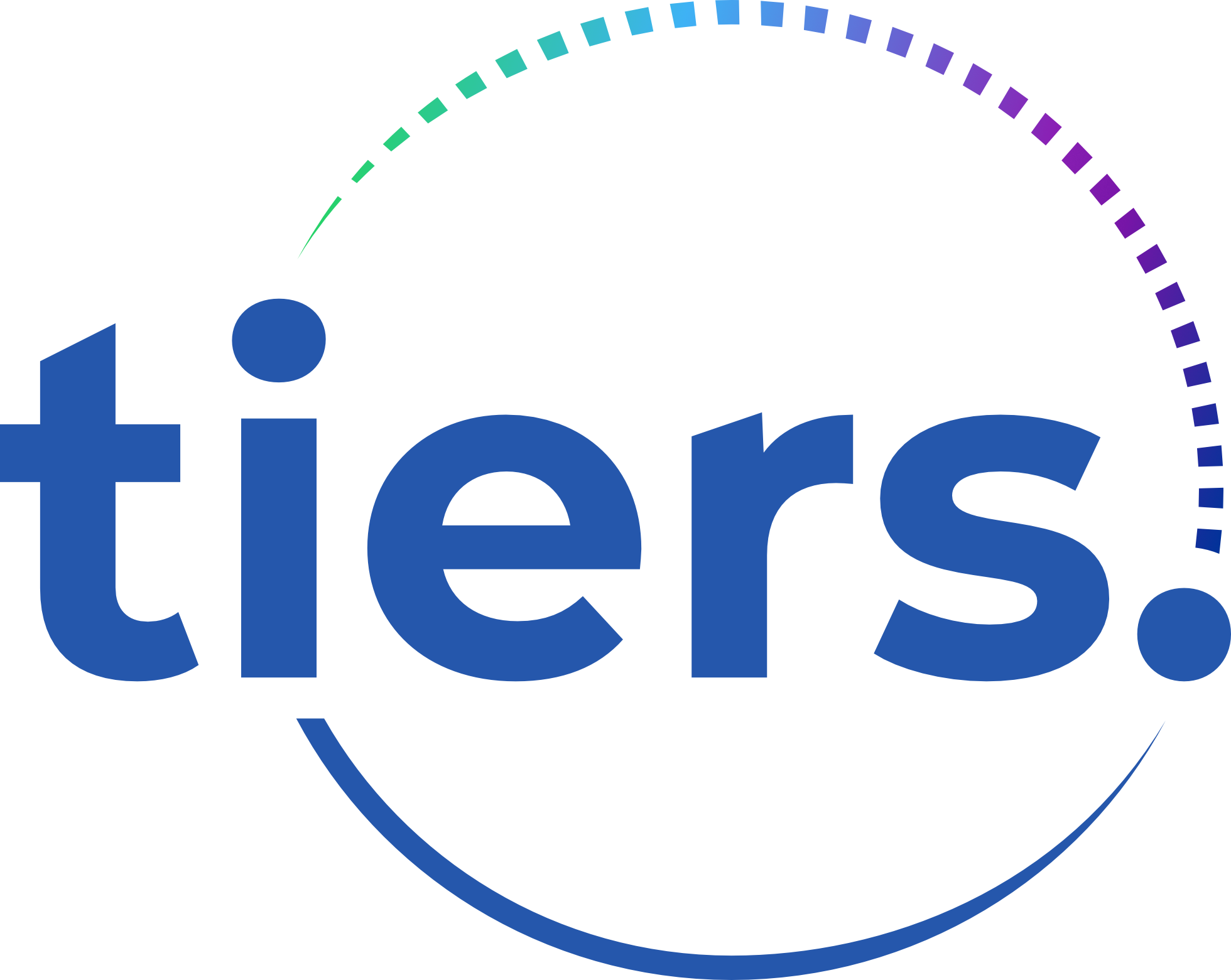Did you know that automation is fast becoming a game-changer in the workplace? From mundane, repetitive tasks to complex computation-heavy jobs, machines are learning to do it all. But here’s the silver lining: Almost every disruption within the workplace creates opportunities. If you’re wondering about your prospects in this dawning era of automation, you’re not alone; we’re here to guide you.
With the right strategy, you can transform the threat of automation into an opportunity for growth. Let’s look at what can be done if your work can be automated.
Disruption is a double-edged sword. Just as it can threaten the status quo, it can also open new paths of progress.
In the following sections, we will dive into the details of these strategies and help you successfully transition into the automated world of work.
Signs that Your Job Can be Automated
Identifying whether your job is at risk for automation is sometimes more clear-cut than you might think. However, there are some signals you can look out for that suggest your role could be automated in the future. Awareness is the first step to preparation and will help you proactively prepare for any potential shifts in the industry.
- Repetitive Tasks: If your job largely consists of tasks that follow the same pattern with little variation, then it might be at risk of automation. Jobs that require the same set of actions performed consistently are easier for automation technology to replicate.
- Highly Structured Tasks: Jobs that rely on a clear, predictable structure with a defined input and output are also more likely to be automated. If your role involves processing a large amount of data based on specific rules, a machine could complete it faster and more accurately.
- Limited Creativity or Emotional Intelligence: If your role lacks a significant need for creativity, critical decision-making, or human emotional intelligence, it may be more susceptible to automation. While technology advances rapidly, tasks requiring these uniquely human skills remain challenging for machines.
- Technology Implementation: Are new technologies being introduced into your workplace? If more of your daily tasks are being digitised or streamlined in ways that eliminate the need for human intervention, it’s a strong signal that your role may be at risk.
In the face of these signs, don’t despair. The advent of automation doesn’t spell the end of your career, only a shift in the landscape. Automation frees up time to focus on tasks that bring more value and satisfaction. Even so, staying aware and developing a plan to navigate potential changes is wise. Let’s look at some steps you can take to prepare for automation.
Steps to Take if Your Job Can Be Automated
When automation threatens your current job, it’s crucial not to panic – change is often a gateway to new opportunities. Instead, focus on adapting your skills and embracing areas where machines still need human input. Let’s explore some proactive steps you can take in this situation.
- Upskill and Reskill: The first step is to identify areas where human skills are irreplaceable – such as creativity, emotional intelligence, and critical thinking – and improve these. Look for professional courses, workshops, and webinars to enhance your skills. It’s also worth diversifying your knowledge in various fields relevant to your industry.
- Embrace Technology: Instead of seeing technology as an enemy, view it as a tool for a better future. Learn to use this technology, as understanding automation software might become valuable in the job market.
- Mindset Shift: Accepting change is a crucial part of any professional journey. Be open to new ways of performing tasks and embrace the opportunities that come with change.
- Network: Building relationships with professionals in your field can open up new opportunities. They can provide valuable advice, job openings, and even opportunities for collaboration.
Embrace automation as a career catalyst, not a career killer. You can turn this challenge into an opportunity with the right mindset, upskilling, and networking.
Translate Skills into New Opportunities
As you adapt to possible automation, reinterpret your skills for a different role within or outside your current industry. It’s a process known as ‘transferable skills‘. For example, if you work in customer service, your communication and problem-solving skills might be a good fit in roles like sales, human resources, or public relations. The key is identifying and highlighting these transferable skills in your job applications.
More than ever, flexibility is a career asset. By staying positive, open-minded, and proactive about learning, you can navigate this wave of technological change and land on your feet.
Focusing on Creativity and Emotional Intelligence
Automation and technology are superb at performing repetitive and data-driven tasks, but they are still incapable of replicating human creativity and emotional intelligence. These two human-only skills are vital in numerous roles and professions that rely heavily on human interaction, individual innovation, and unique insights. By amplifying these aspects, you can carve a special place in an increasingly automated work world.
Creativity isn’t just about creating art or writing novels. It’s about problem-solving, innovating, envisioning progress, and bringing a fresh perspective. Creative thinking is major in job roles like marketing strategists, product developers, or psychologists. Every industry has a place for creativity.
- Marketing strategists need to think of a unique, out-of-the-box marketing campaign that effectively resonates with the audience and delivers the brand message.
- Product developers often use creativity to design innovative products, solve user interface problems, or improve buyer experience.
- Psychologists may use their creativity to handle complex cases or craft personalised therapy sessions.
On the other hand, Emotional Intelligence or EQ is the ability to identify and manage our own emotions and the emotions of others. It is increasingly recognised as a valuable skill in the workplace. Let’s remember humans prefer dealing with other humans, especially in emotionally charged scenarios or sophisticated interactions.
Emotional intelligence is the sine qua non of leadership. Without it, a person can have the best training in the world, an intelligent, analytical mind, and an endless supply of smart ideas, but he still won’t make a great leader – Daniel Goleman.
Developing solid emotional intelligence can help in numerous ways:
- Nurturing relationships: Relationships are critical to any business. Emotionally intelligent employees can easily read and respond to their workspace’s or customer base’s emotional climate, creating more genuine connections.
- Team management: Emotional intelligence aids leaders in understanding and managing their team’s feelings and emotions, which can significantly impact work performance and satisfaction.
- Customer service: No AI can sympathise or empathise with a frustrated customer like a human can.
By strengthening your creativity and emotional intelligence, you’ll make yourself more resilient to the forces of automation and open up a whole new world of previously unimagined opportunities.
Engaging in Continuous Learning
Indulging in continuous learning is one of the most effective strategies when faced with automation. Like a body of water that stays fresh through constant movement, your career can remain relevant by continuously acquiring new skills.
Continuous learning isn’t just about enhancing or gaining new and complementary skills. It’s also about pioneering into entirely new territories.
You’ll find that learning never ends. In many ways, it’s like a journey where the destination keeps evolving. And in our hyper-connected, rapidly-advancing world, you can bet it’s a one-way ticket.
Note: Remember, being open to continuous learning doesn’t mean you have to quit your current job. Many studying resources can be accessed even from the comfort of your own home. Internet connectivity and online platforms have made learning at your own pace easier.
Here are a few practical steps to engage in continuous learning:
- Start with a clear goal in mind: Your education should be purpose-driven. Start with a clear goal in mind. Whether it’s progressing in your current field or delving into a new one, having a direction will keep your learning focused and effective.
- Learn from diverse sources: Be eclectic in sourcing your knowledge. Books, online courses, workshops, podcasts, webinars, and mentorship programs offer valuable insights.
- Apply what you learn: Ensure you implement your new skills in real-world scenarios. It could be through mock projects or as part of your current job. This helps in solidifying the knowledge and provides practical experience.
In conclusion, remember this: Automation might change how we work, but it also opens up new exciting possibilities. By being vigilant, continuously learning, and adapting, you become a participant and a proactive shaper of this changing landscape. So, take the leap, keep learning, and keep evolving!
Get informed on how to do more with your money.





